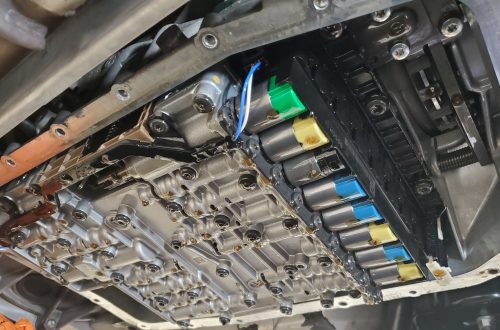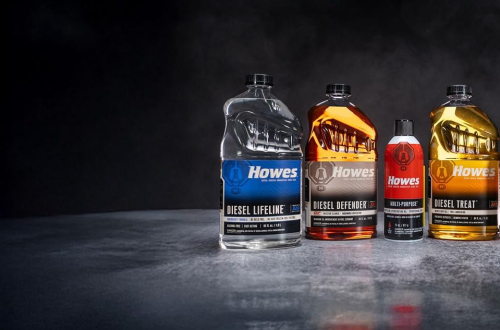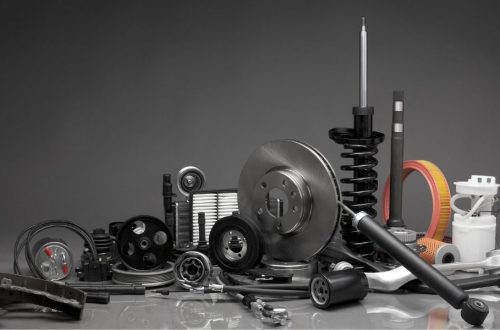Winter roads are often treated with salt and chemicals to improve safety and traction, but these substances can have a harmful impact on your vehicle’s body panels. While effective at melting ice, road salt and de-icers accelerate corrosion and deterioration if not properly managed. Understanding how these agents damage body panels can help you take preventive steps to protect your car’s exterior and extend its lifespan. This article examines the effects of salt and chemicals on body panels and offers tips for minimizing damage.
The Corrosive Nature of Road Salt
Road salt, commonly composed of sodium chloride or calcium chloride, is highly effective at melting ice but is also extremely corrosive. When salt accumulates on body panels—especially in areas like wheel wells, undercarriages, and lower door edges—it attracts moisture. This combination of salt and water creates an environment that accelerates rust formation on metal surfaces.
Over time, this corrosion can weaken body panels, causing paint to bubble, flake, or peel away. Once the protective paint layer is compromised, rust can quickly spread beneath the surface, leading to structural damage that is costly to repair.
Damage from Chemical De-Icers
In addition to salt, various chemical de-icers are used on roads, including magnesium chloride and calcium magnesium acetate. These chemicals can also harm body panels by breaking down the protective wax and clear coat layers on paint. When these coatings erode, the metal underneath becomes more vulnerable to environmental damage. Thus comes the Auto Repair in Johnstown, OH based service with the best results.
Some de-icers are more aggressive and can cause staining or discoloration on painted surfaces, leaving unsightly marks that detract from your car’s appearance. Prolonged exposure to these chemicals without proper cleaning increases the risk of permanent damage.
Impact on Plastic and Rubber Components
Salt and chemicals don’t just affect metal body panels—they can also damage plastic trim, rubber seals, and other exterior components. Salt crystals are abrasive and can cause scratches or degrade flexible materials over time. Rubber weather stripping around doors and windows may dry out, crack, or lose elasticity, leading to leaks and wind noise.
This broader impact means that protecting your vehicle from salt damage involves attention to all exterior surfaces, not just the painted panels.
Preventive Measures to Protect Your Vehicle
To minimize damage from salt and chemicals, regular cleaning is essential during winter months. Washing your car frequently—especially the undercarriage and wheel wells—helps remove corrosive substances before they cause harm. Applying a quality wax or paint sealant before winter can provide an extra layer of protection by repelling moisture and chemicals.
Professional rustproofing treatments are also available and can provide long-term defense against corrosion. Promptly addressing any chips or scratches in the paint helps prevent rust from taking hold.
Conclusion
While salt and road chemicals improve driving safety in winter, they pose a serious threat to your vehicle’s body panels and exterior components. Understanding the corrosive effects of these substances allows you to take proactive steps to safeguard your car. Regular washing, protective coatings, and timely repairs are essential to maintaining your vehicle’s appearance and structural integrity despite harsh road conditions.






